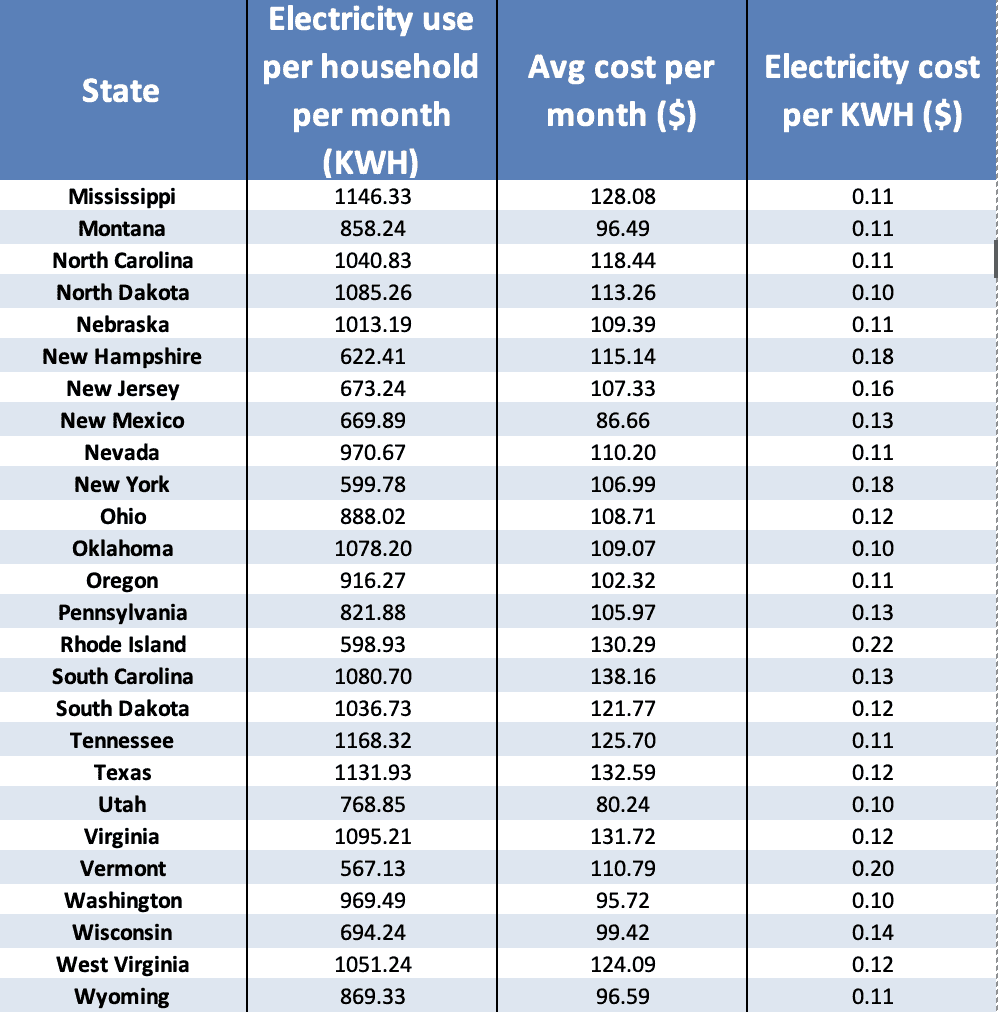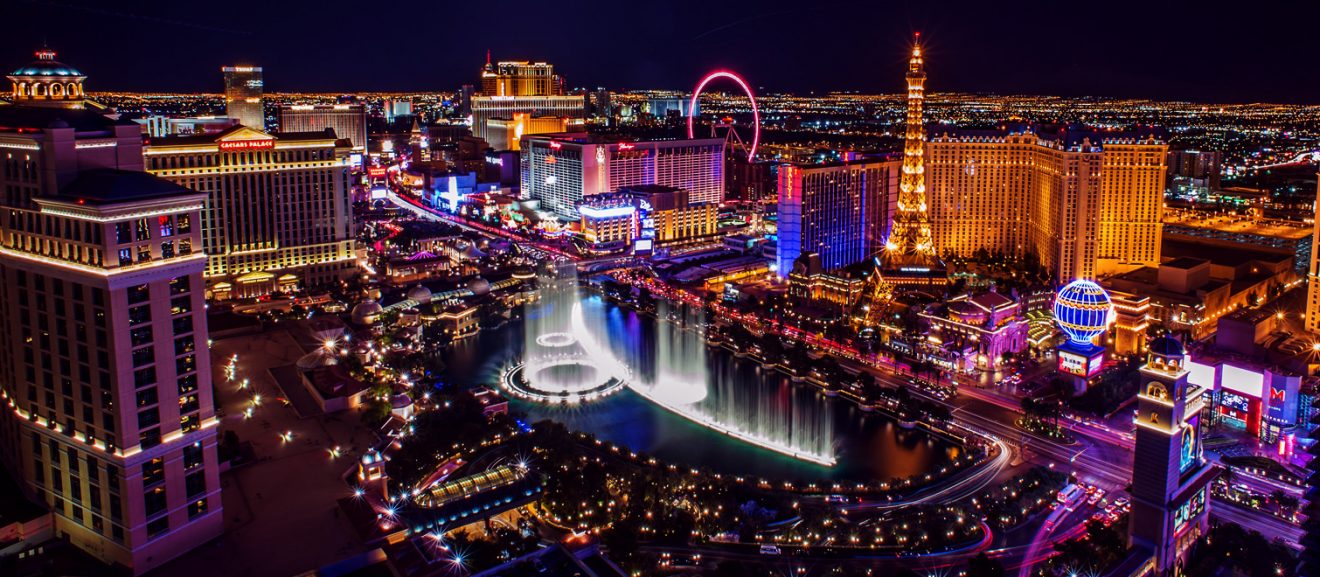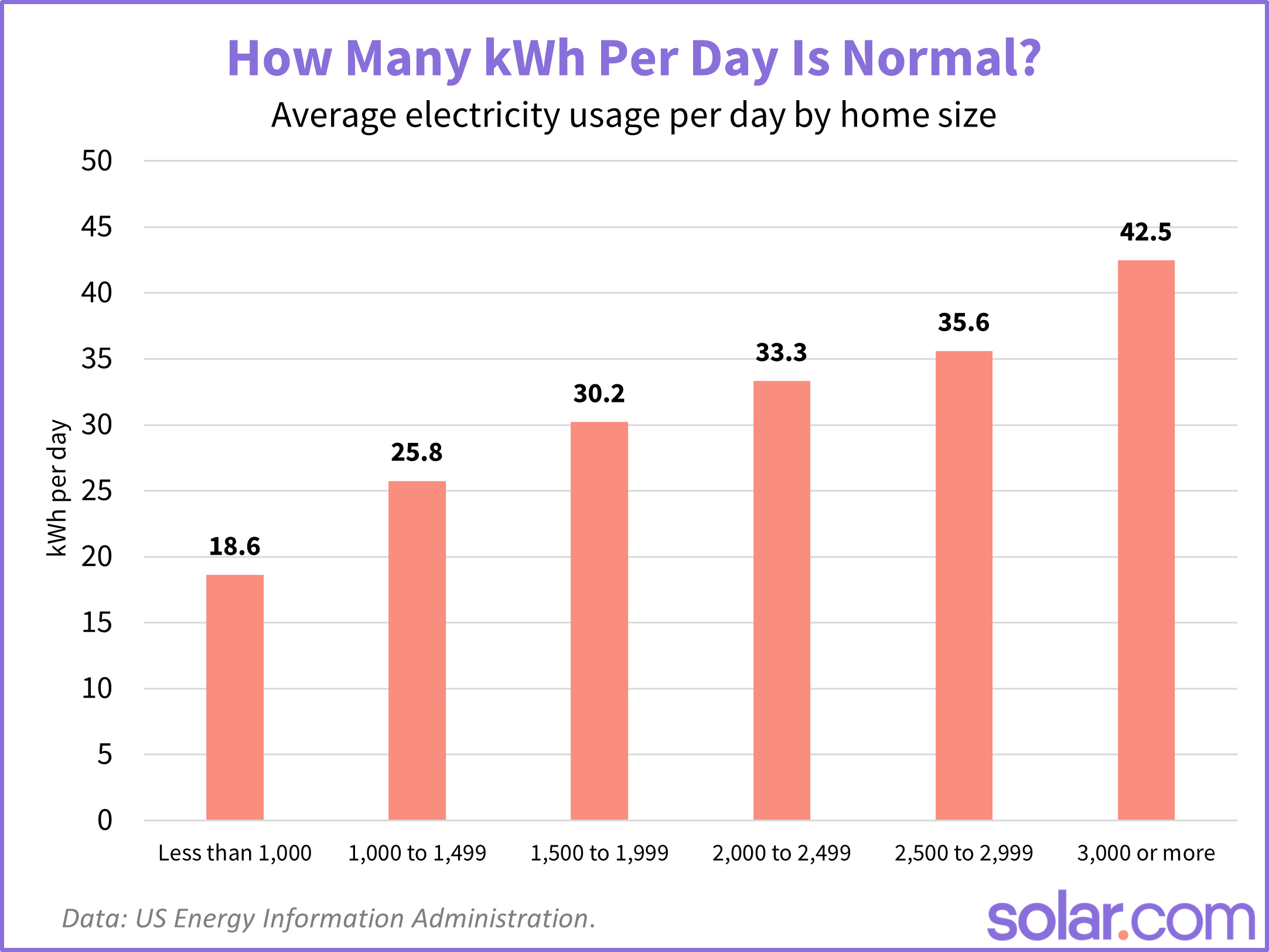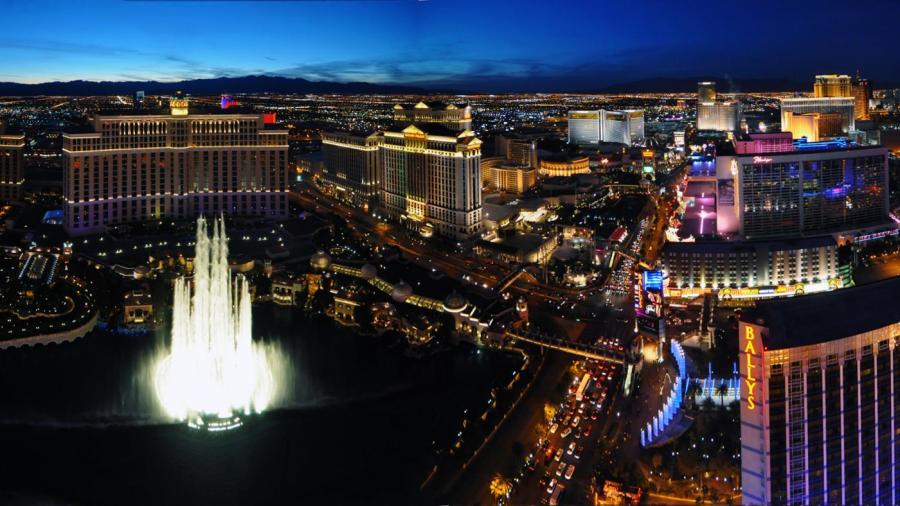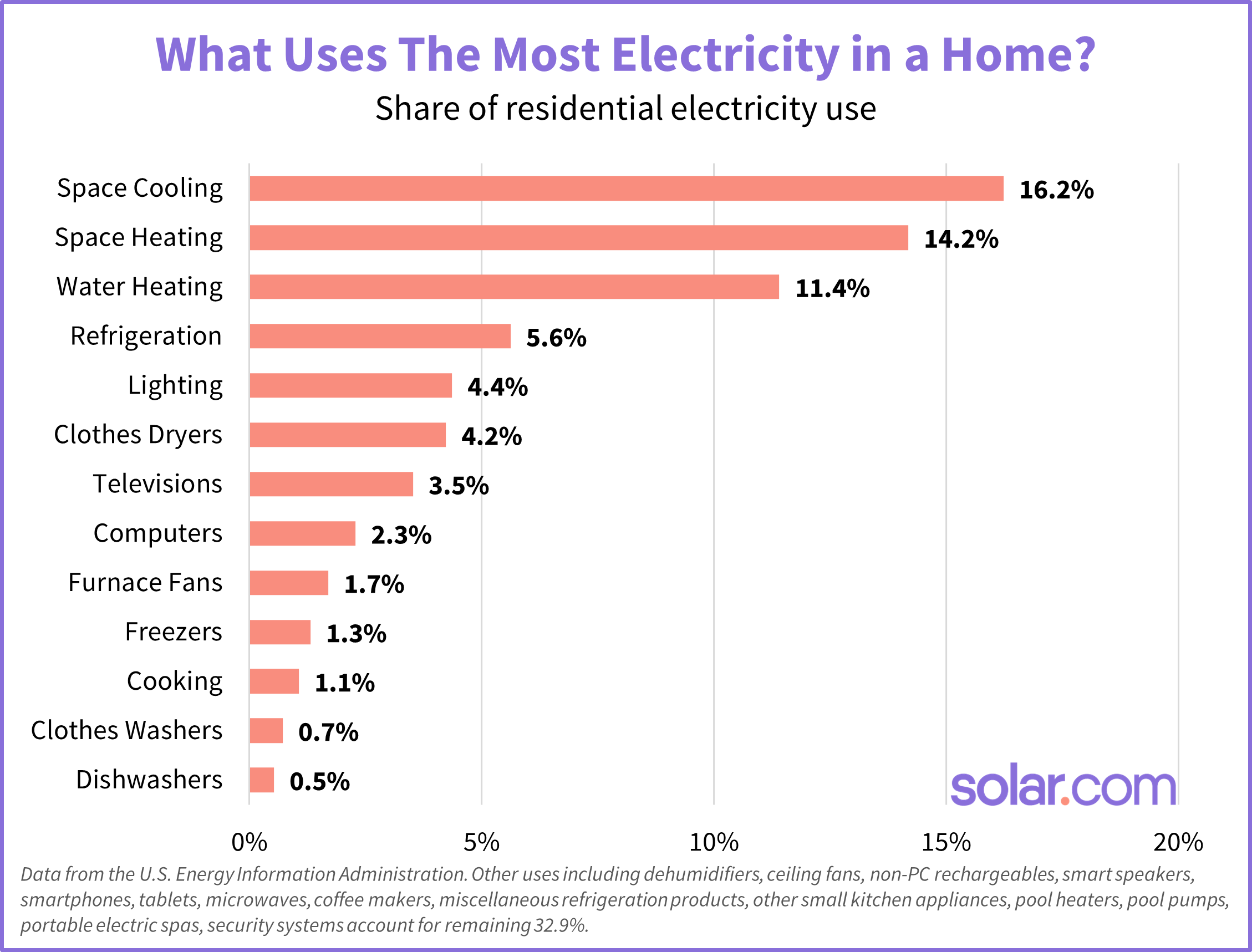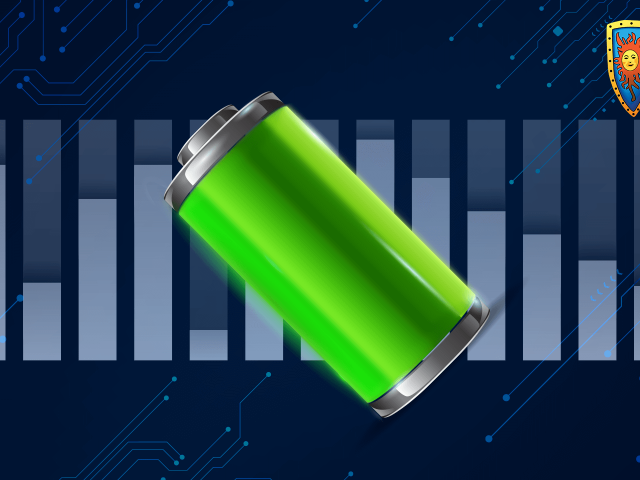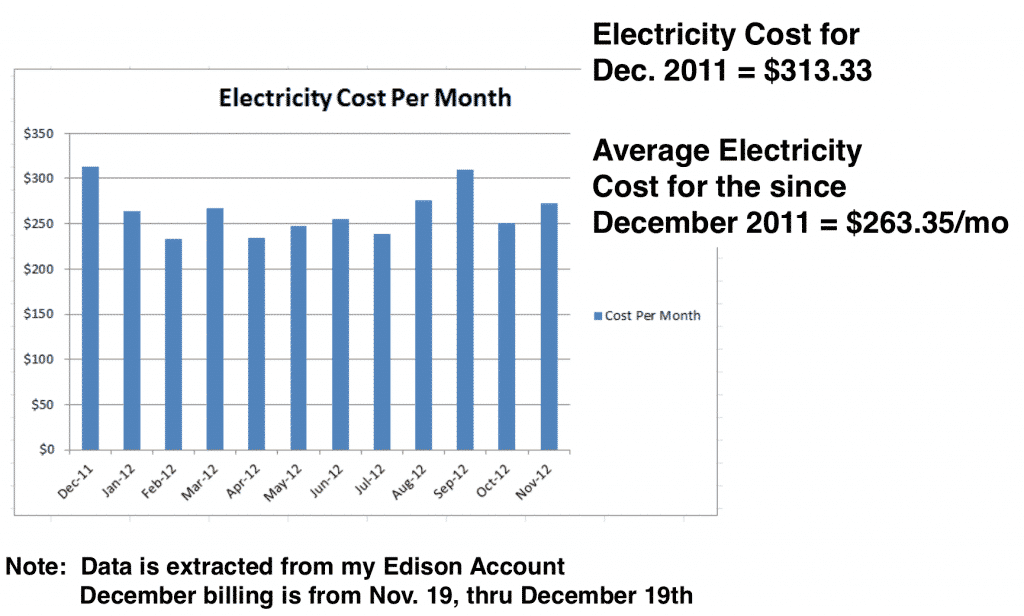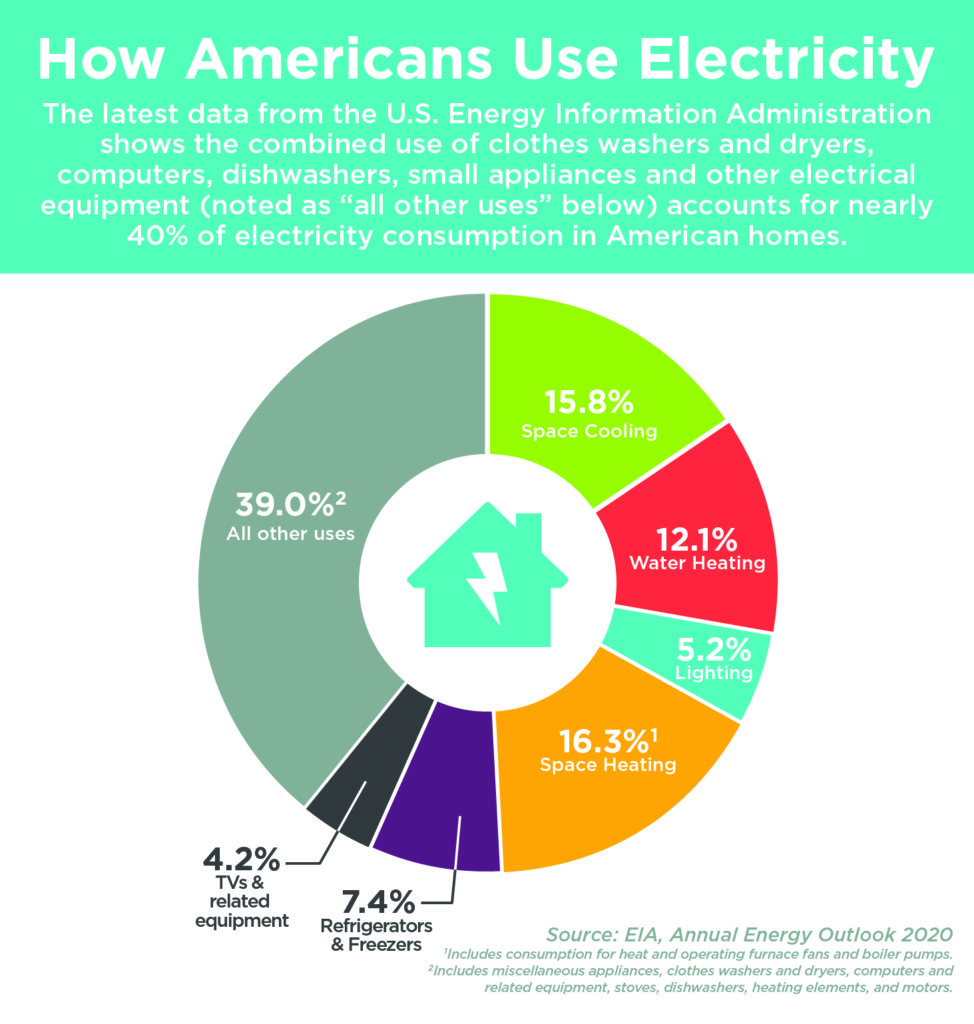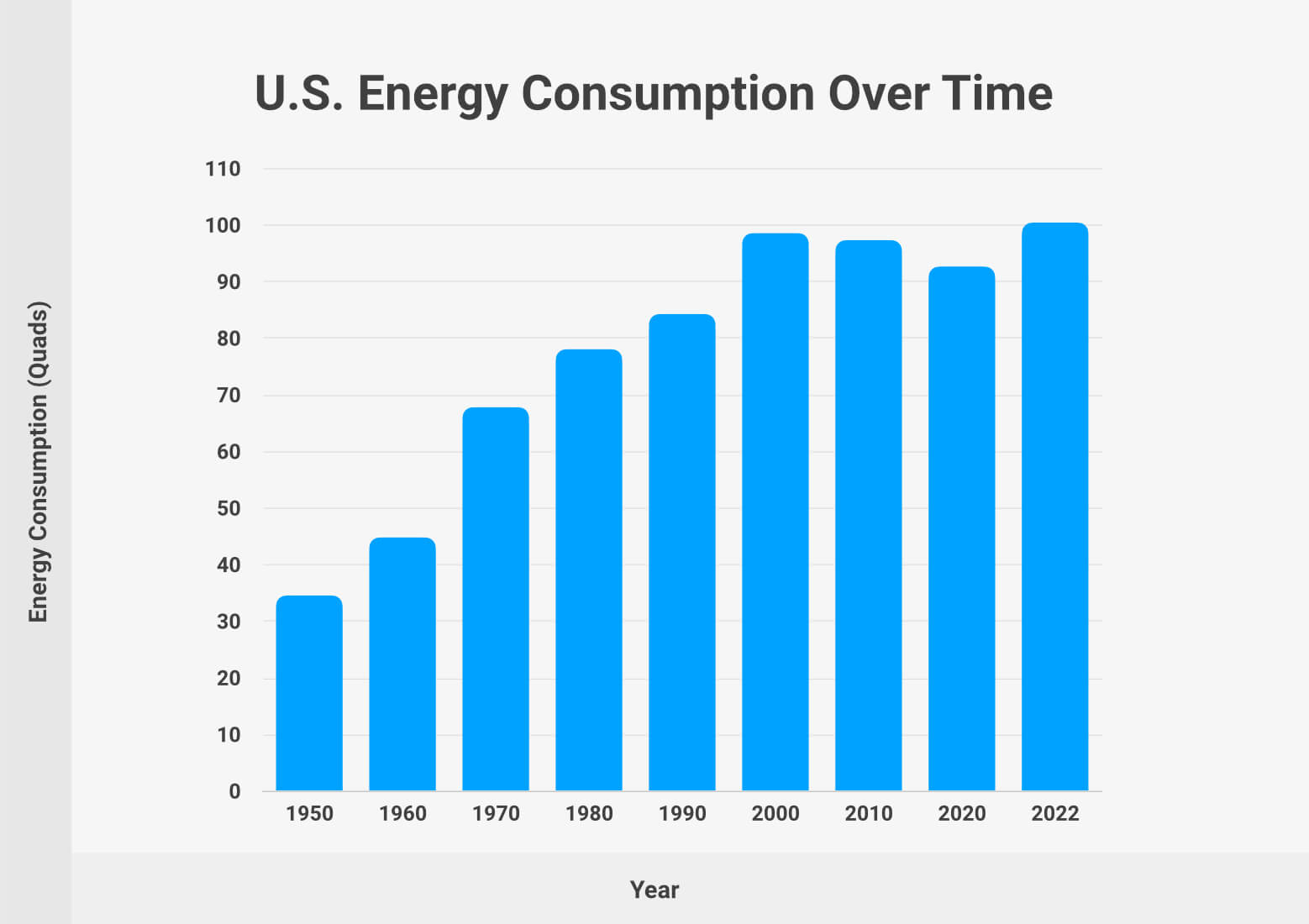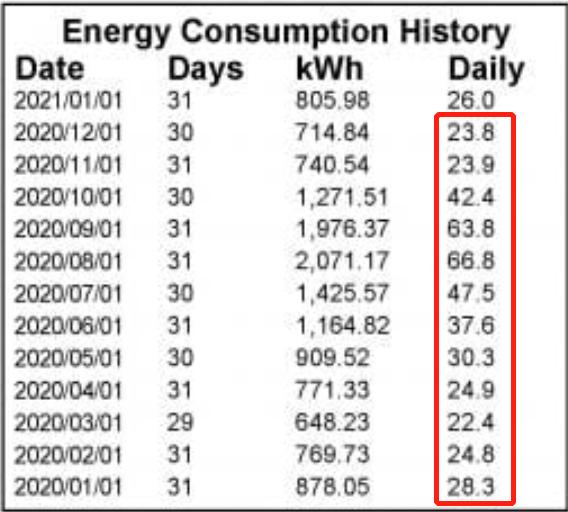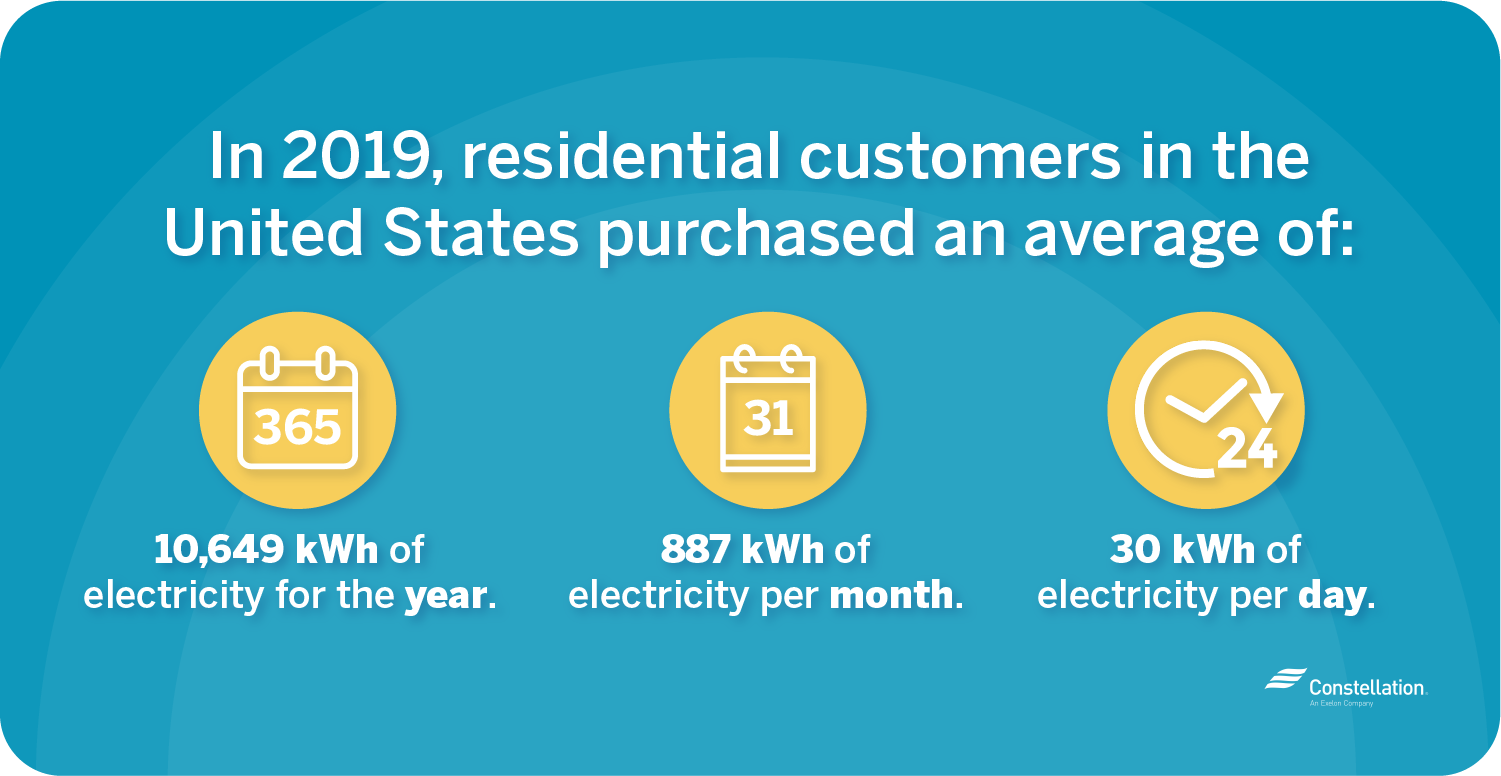How Much Electricity Does Las Vegas Use Per Day
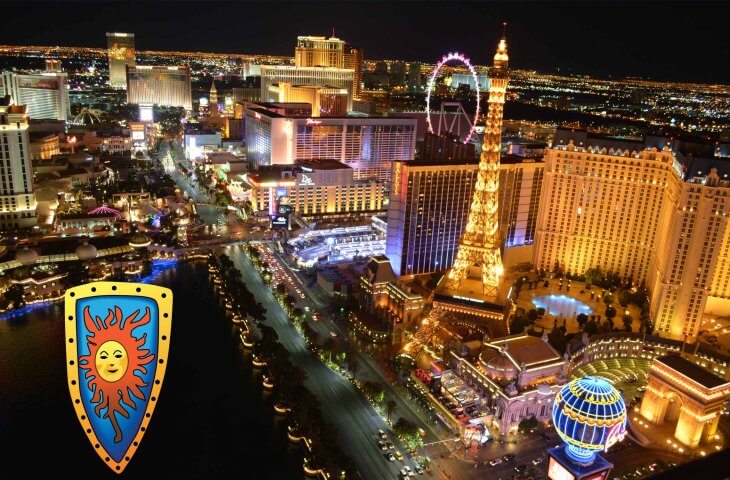
The shimmering lights of the Las Vegas Strip, the constant hum of air conditioning against the desert heat, and the ceaseless operation of casinos all contribute to a staggering energy demand. Quantifying that demand – how much electricity Las Vegas uses per day – is a complex question with implications for sustainability, infrastructure, and the future of this iconic city.
Pinpointing the precise daily electricity consumption of Las Vegas is challenging due to data aggregation issues and the fluctuating demands of tourism and seasonal weather. However, examining data from NV Energy, the primary electricity provider for Southern Nevada, and reports from organizations like the U.S. Energy Information Administration (EIA), allows us to estimate a range, understand the contributing factors, and analyze the broader implications of this energy footprint.
Understanding the Scope
Las Vegas is not an isolated entity; its energy consumption is intertwined with the broader Clark County. Any estimate must clarify whether it's referring to the city proper, the Las Vegas metropolitan area, or the entire county.
NV Energy provides electricity to a vast region, and attributing a specific amount solely to Las Vegas requires careful analysis of consumption patterns, customer base breakdowns, and peak demand periods.
Estimating Daily Consumption
Based on available data and industry reports, a reasonable estimate for the total electricity consumed within the Las Vegas metropolitan area on an average day falls within the range of 30 to 40 million kilowatt-hours (kWh). This number fluctuates dramatically depending on the season.
Summer months, with their extreme heat requiring constant air conditioning, push demand to its peak. Winter months, though milder, still require significant energy for heating and lighting, especially in large commercial buildings.
Estimates show that Las Vegas uses roughly 2400 GWh per month during summer. This translates to approximately 80 GWh per day.
Key Consumers of Electricity
The primary drivers of Las Vegas's substantial electricity consumption can be broadly categorized into several key sectors.
The gaming and hospitality industry, including casinos, hotels, and resorts, constitutes the single largest consumer. These establishments operate 24/7, requiring constant lighting, air conditioning, and power for gaming equipment and other amenities.
Residential consumers contribute significantly, particularly during peak heating and cooling seasons. The number of residents has steadily increased in recent decades, further driving demand.
Commercial businesses, including retail stores, restaurants, and office buildings, also contribute a substantial portion of the city's electricity usage. Industrial facilities, while present, are a smaller component of the overall consumption picture compared to other major cities.
Factors Influencing Demand
Several factors play a crucial role in determining the daily electricity consumption of Las Vegas.
Tourism is a significant variable. Major conventions, sporting events, and holidays attract millions of visitors, dramatically increasing demand for hotel rooms, entertainment, and transportation, all of which require electricity.
Weather is another critical factor, particularly the extreme heat of the desert climate. Prolonged heatwaves necessitate continuous air conditioning, pushing demand to its limits and sometimes straining the power grid.
Energy efficiency measures, while increasingly adopted, still have a limited impact compared to the sheer scale of consumption. Retrofitting older buildings with energy-efficient technologies and promoting conservation among residents and businesses are ongoing efforts.
Sustainability Efforts and Renewable Energy
Recognizing the environmental impact of its energy footprint, Las Vegas has made strides in promoting sustainability and adopting renewable energy sources.
NV Energy has invested heavily in solar power generation, with several large-scale solar farms providing electricity to the region. These initiatives help offset the carbon emissions associated with traditional fossil fuel-based power plants.
Many hotels and resorts have implemented energy-efficient technologies, such as LED lighting, smart thermostats, and water conservation measures. These efforts not only reduce their environmental impact but also lower operating costs.
The city has also encouraged the adoption of rooftop solar panels on residential and commercial buildings through incentives and streamlined permitting processes. These efforts are vital steps in reducing the city's reliance on non-renewable energy sources.
Challenges and Future Outlook
Despite progress in sustainability, Las Vegas faces significant challenges in managing its growing energy demand.
Continued population growth and increasing tourism put constant pressure on the existing power grid. Infrastructure upgrades are necessary to ensure reliable electricity supply, especially during peak demand periods.
The intermittency of renewable energy sources, such as solar power, poses a challenge. Developing energy storage solutions, such as battery systems, is crucial to ensuring a stable and reliable electricity supply.
Looking ahead, Las Vegas will likely need to adopt a multi-faceted approach to managing its electricity consumption. This includes investing in renewable energy, improving energy efficiency, promoting conservation, and modernizing its power grid to meet the demands of a growing and evolving city.
The future of Las Vegas depends on a sustainable energy future. It is not merely about maintaining the lights on the strip. It is about ensuring the city continues to thrive, even in the face of climate change and resource scarcity.
